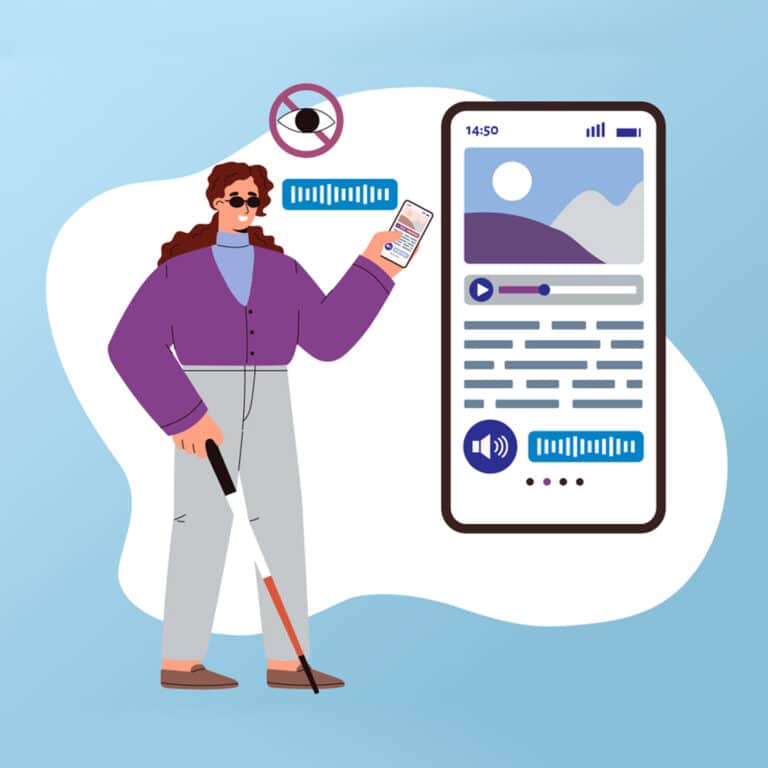
We included questions around mouse usage in screen reader related questions, to determine if this is a broader consideration.
Out of the 1286 survey participants, 362 noted using screen-readers for website navigation. From those respondents we discovered that 158 of respondents, who noted using screen readers, occasionally to frequently use a mouse. Around 79% of those that use a mouse identified as having low vision and/or blindness. This finding reinforces the reality that there is a more varied approach to website navigation by screen-reader users.
A further noteworthy observation is that 110 of these screen-reader users also utilize magnification tools alongside their mouse use. This points to a complex layering of assistive technologies. There is a wide range of vision needs, where users may use a combination of tools to navigate websites.
Key Takeaway
The survey results demonstrate the diverse ways in which visually impaired users, particularly those using screen readers, interact with websites. The recognition of mouse use alongside screen readers is a shift in perspective of some web accessibility assumptions. Reevaluate how interactivity like mouseover functionality is compatible with screen readers. Consider incorporating more than keyboards with screen readers in your testing of websites and applications.
An applicable concern we have come across on websites are aria-label attributes on anchors with aria-hidden=”true” on the content inside. In testing, NVDA for example, will not read any info of the aria-hidden=”true” content with a mouse. The announcements rely on the visual text that the cursor overlaps, which is hidden from NVDA due to the ARIA. We recommend conscientious use of ARIA and let visual text links be the natural link text rather than overwriting them.

